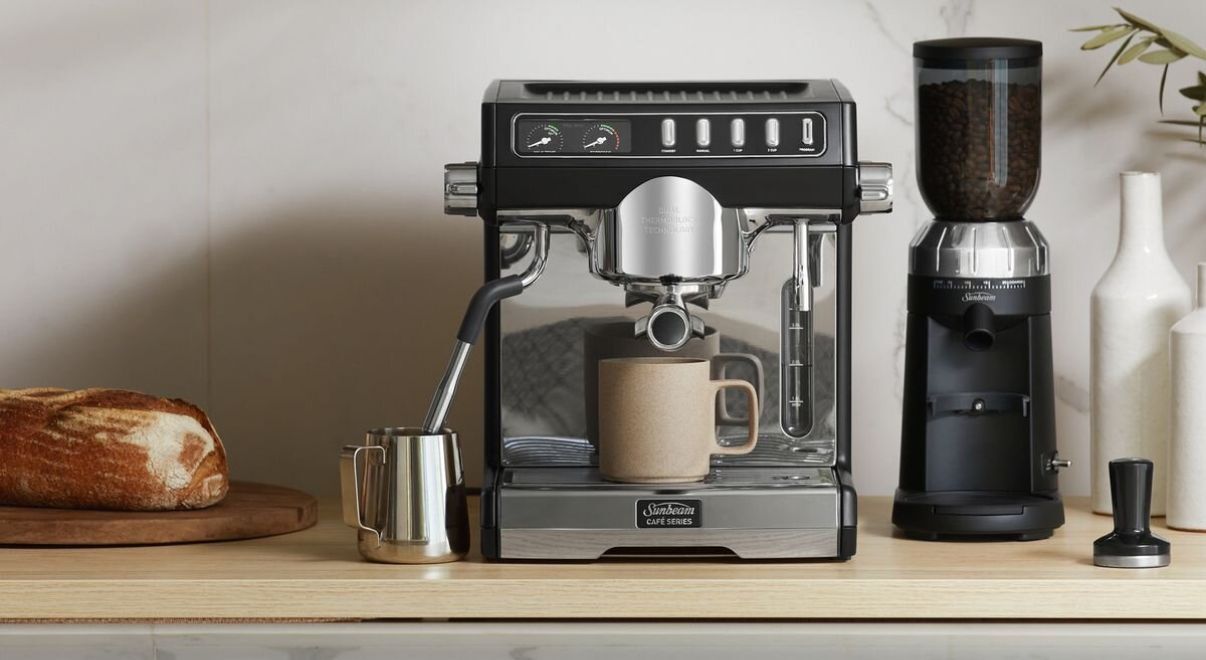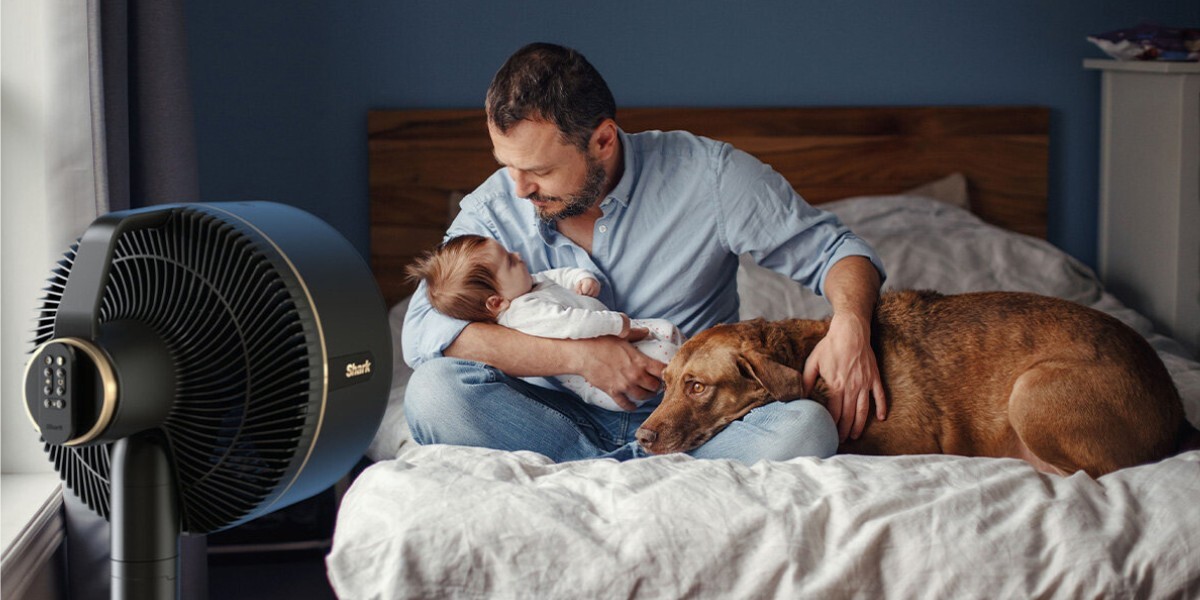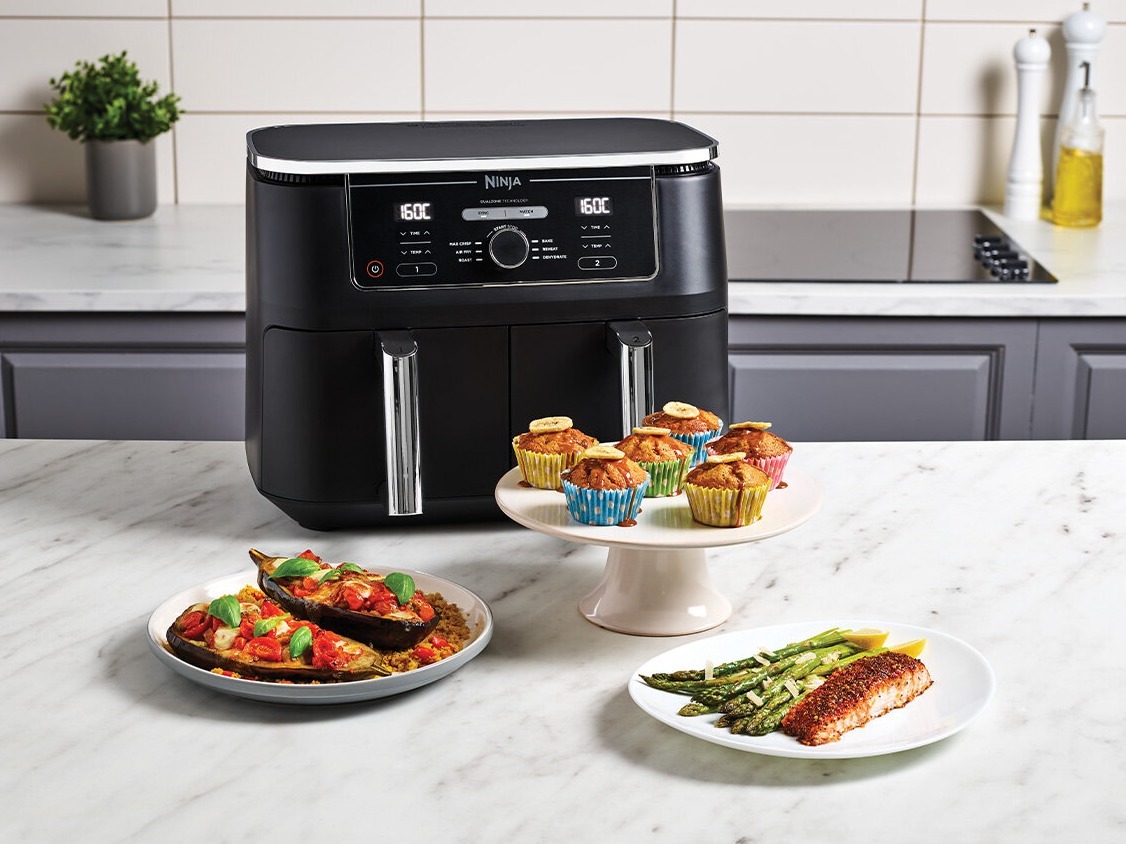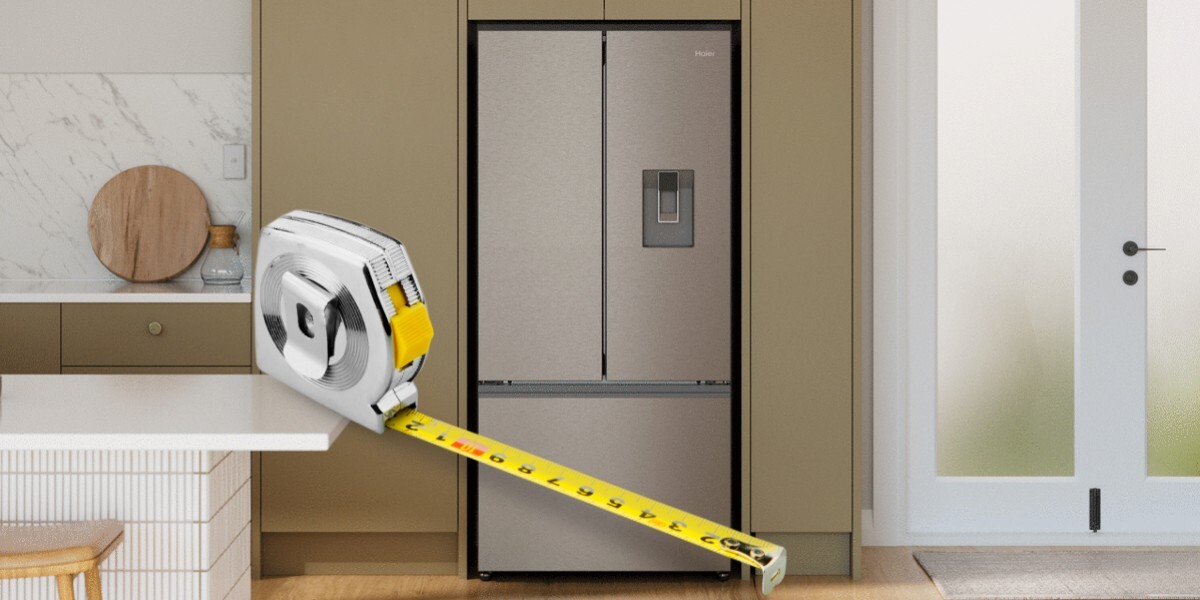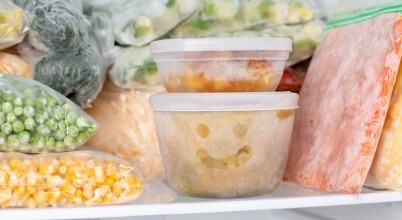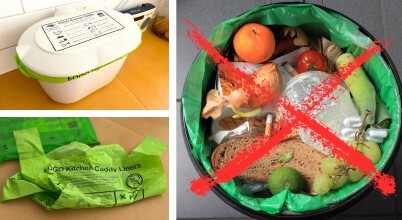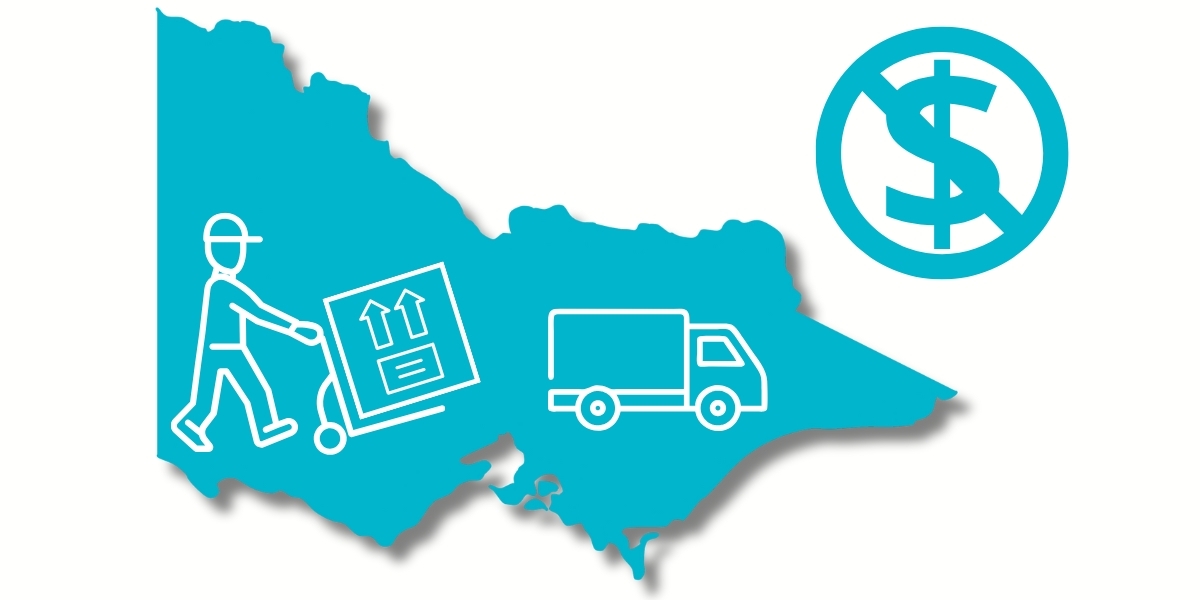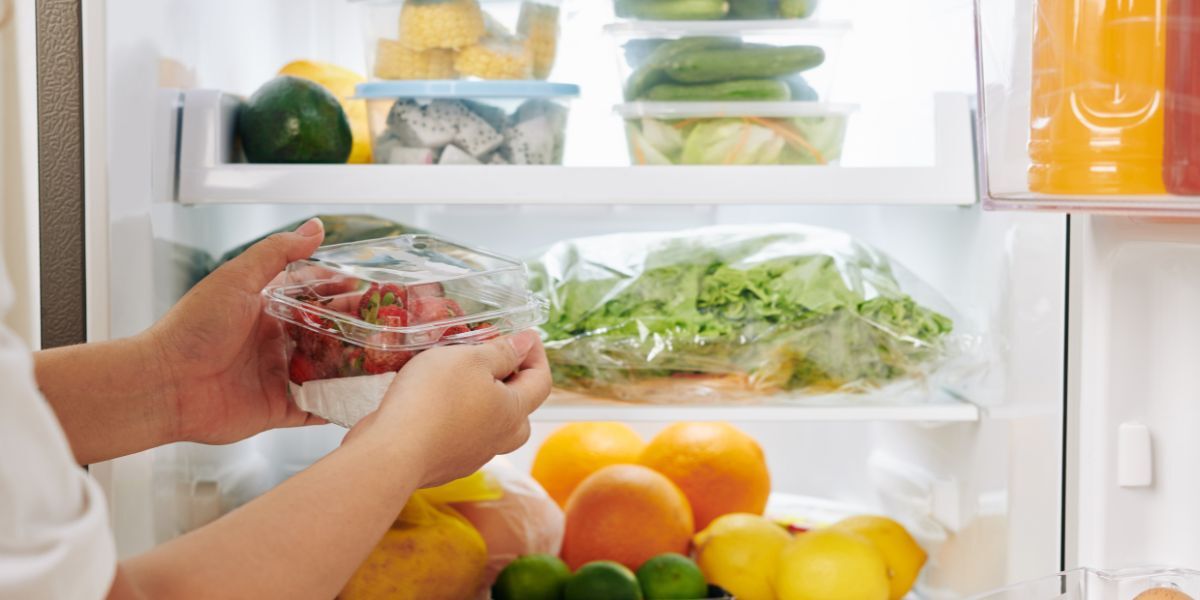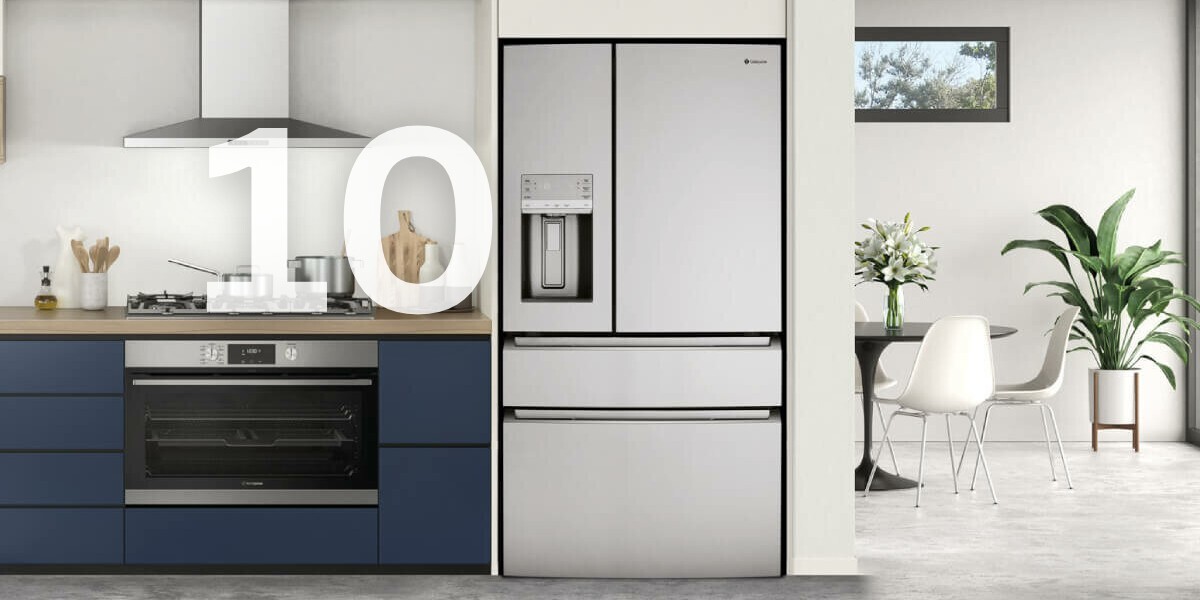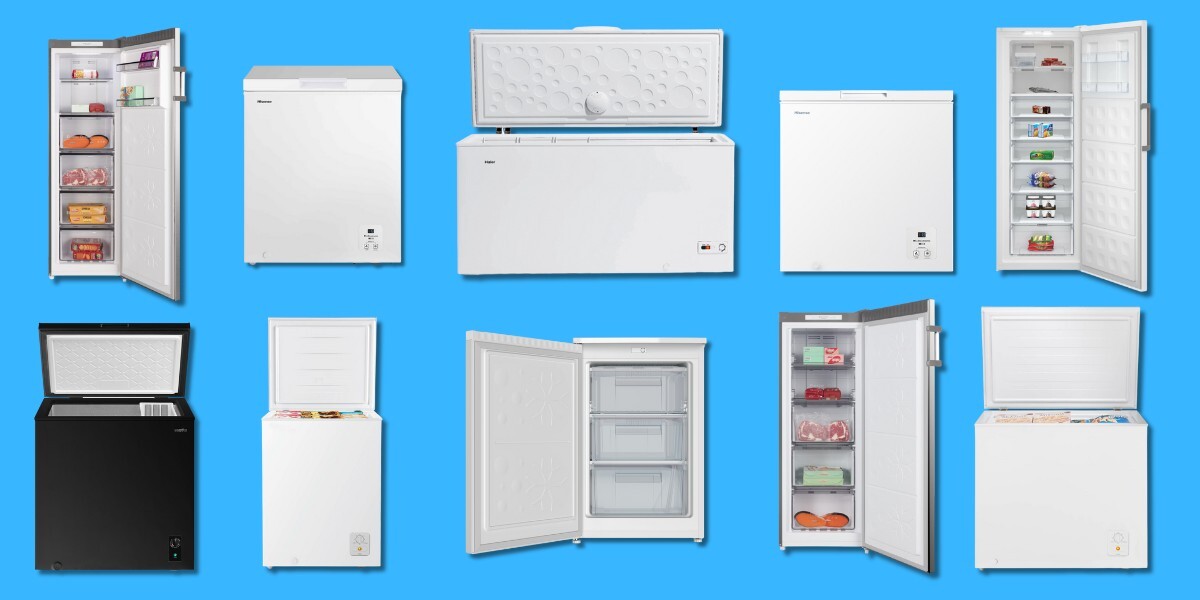
Welcome to the Appliances Online Blog
Tips and tricks for better home living, from the kitchen and laundry to the bedroom and backyard.
KITCHEN
10 OCTOBER 2025
10 of our most popular coffee machines in Australia 2025
Find the perfect coffee machine for a Christmas gift
HEATING, COOLING & AIR TREATMENT
17 OCTOBER 2025
10 of Our Top Best-Selling Fans in Australia 2025
Find the perfect fan for Australian summers
KITCHEN
3 SEPTEMBER 2025
Our Top Best-Selling Air Fryers of 2025
Check out our best selling Air Fryers this year!
Latest Articles
KITCHEN
5 DECEMBER 2025
Big fridges that actually fit your kitchen
Large capacity, streamlined fit for Australian homes
ECO & SAVE
4 DECEMBER 2025
Part 1: Reduce food waste and save money - Smart cooking and meal prep
With simple meal planning and the right appliances
KITCHEN
1 DECEMBER 2025
How long does food keep for in the freezer?
Smart freezing tips to reduce food waste
ECO & SAVE
21 NOVEMBER 2025
Winning Group named finalist in the Banksia Sustainability Awards 2025
For leadership in the circular economy
TV, AUDIO & ELECTRONICS
5 DECEMBER 2025
9 of the Best Cheap TVs in Australia in 2025
Value-packed 55", 65" and 75" budget screens.
ECO & SAVE
3 DECEMBER 2025
Why food scraps are a bigger problem than you think
There’s a better way to dispose of food waste
HOME LIVING+
28 NOVEMBER 2025
Yes - we have free delivery for appliances in Melbourne and VIC!
Why pay for delivery when you can get it for free?
BLOG HOME
20 NOVEMBER 2025
Appliances Online in the Power Retail “Most Loved Retailers Report 2025”
Ranked in the Top FOUR 'Most Loved Retailers' in Australia
ECO & SAVE
4 DECEMBER 2025
Part 2: Reduce food waste and save money - Smarter storage and sustainability
Extend grocery shelf-life in your fridge, freezer and pantry
KITCHEN
2 DECEMBER 2025
Our Top 10 best selling French door fridges in Australia 2025
We look at capacity, energy efficiency, features and prices
KITCHEN
26 NOVEMBER 2025
Our Top 10 best selling freezers in Australia 2025
Make summer a breeze with some extra freeze
TV, AUDIO & ELECTRONICS
19 NOVEMBER 2025
Our Top 6 Best Selling Hisense TVs of 2025
Check out our list of our best selling Hisense TVs in 2025
1
